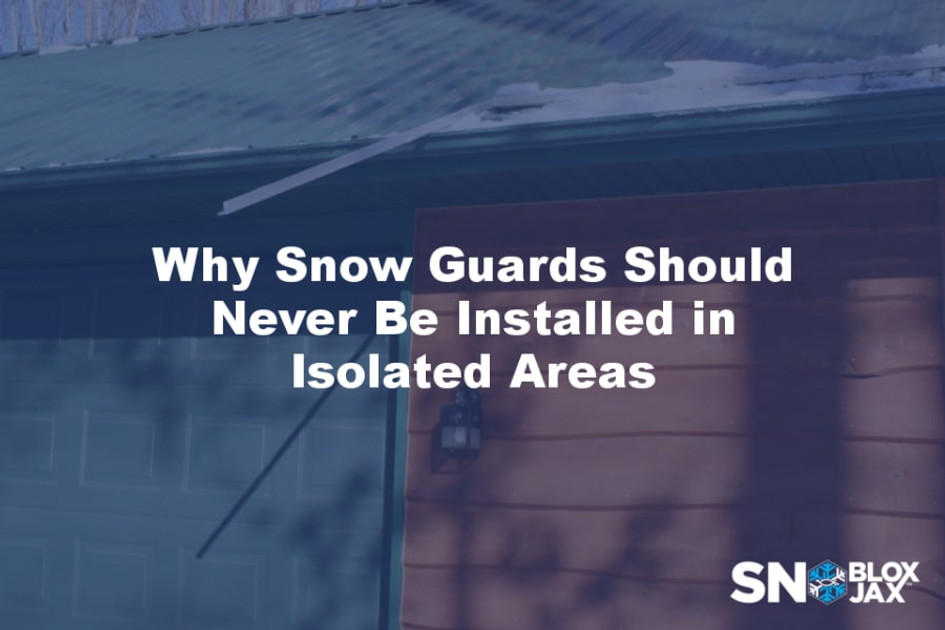Why Snow Guard Should Never Be Installed in Isolated Areas
Posted by Derek Gamble - SnoBlox-Snojax Specialist on Nov 24th 2023
Snow guards are essential for preventing sudden rooftop avalanches and mitigating the hazards present in the areas below the eaves. However, it's crucial to understand that installing snow guards in isolated areas, such as just over doorways, is never recommended. Snow weighs roughly 20 pounds per cubic foot, or 1.25 pounds per inch of depth, as a general rule. Snow, however, can weigh anywhere from 1 to more than 21 pounds per cubic foot, depending on its moisture content. Here's why you should never install snow guards just in isolated areas.
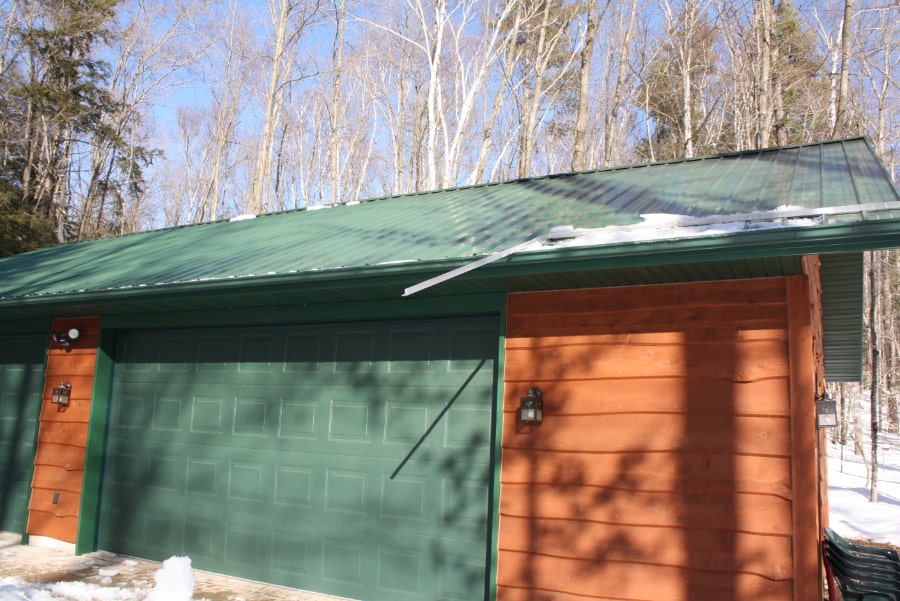
Risks of Isolated Installations
Isolating snow guards on partial roof sections, such as just over doorways, HVAC units, vent pipes, chimneys, or walkways, can lead to several risks:
Overloading the System
Snow and ice on a roof form a solid pack that often covers that entire roof area. When only a small section of snow retention is used, the additional weight on either side of that section is still putting pressure on the snow guards. Imagine looking at your roof from above. Next, imagine an upside-down triangle that spreads at a 45-degree angle from both sides of that isolated installation. At least, all of that weight is pushing down on your snow retention system. This is a ticking time bomb and It is not a matter of IF, but WHEN it will all go wrong and fail.
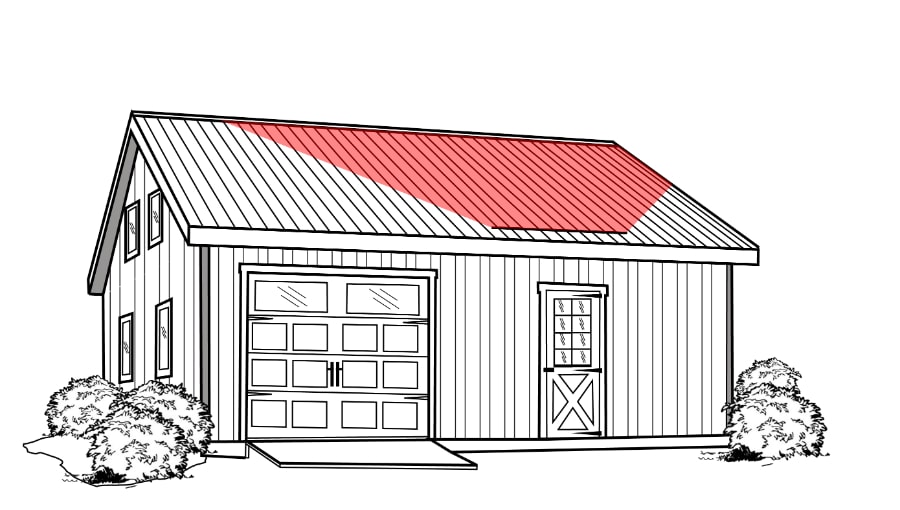 Inadequate
Protection
Inadequate
Protection
A single row of guards or snow rails placed along the eave or gutter edge of the roof is not always enough protection against dangerous avalanche conditions. Proper placement of snow guards should result in an equal distribution of weight across the entirety of that roof area. Rows of snow guards should span the entire length of each section and often will require multiple rows, equally spaced, traveling up the slope to evenly distribute weight. This is true, regardless of whether you are using individual snow guards or a rail system. To further strengthen your system, all individual snow guards should be staggered in a zig-zag pattern with approximately 12” of vertical spacing in each row. An evenly distributed snow load will preserve the long-term integrity of the roof structure, roof panels, and the snow retention system. Contrary to popular belief, the role of snow guards on a roof is not to act as a barrier to stop snow and ice that is in motion. Snow guards are not hockey or soccer goalies. You want to hold the snow and ice in a stationary position, allowing it to melt off of the roof slowly and safely.
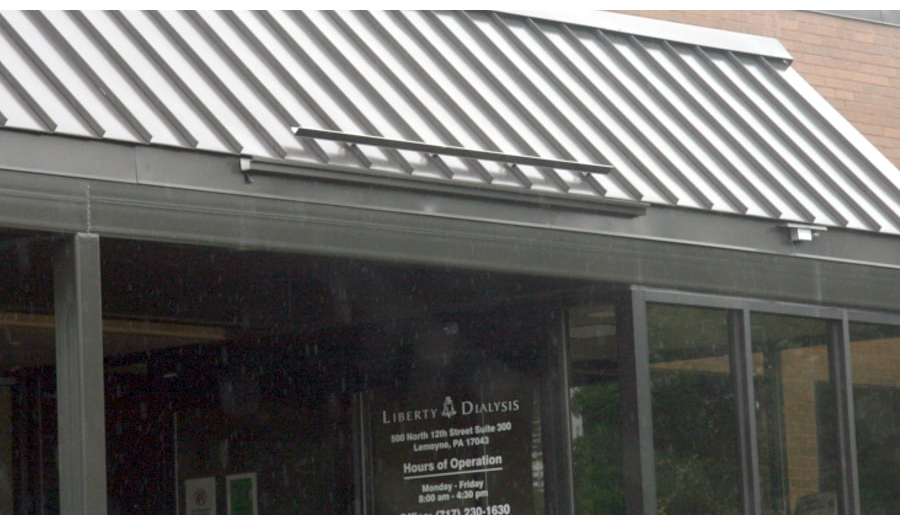 Structural
Damage
Structural
Damage
Snow and ice, especially on glossy-coated metal roofing, can create extremely dangerous avalanche conditions. Isolated installations may not provide sufficient protection, leading to potential structural damage. This is most often experienced with snow guards and rail systems that either clamp to a seam or mechanically fasten the roof panel with screws. Overloading due to improper installation can cause screws to tear away from your roof, damaging not only the expensive metal panels but also the structure underneath and potentially the guards themselves. After this happens, roof leaks will quickly follow.
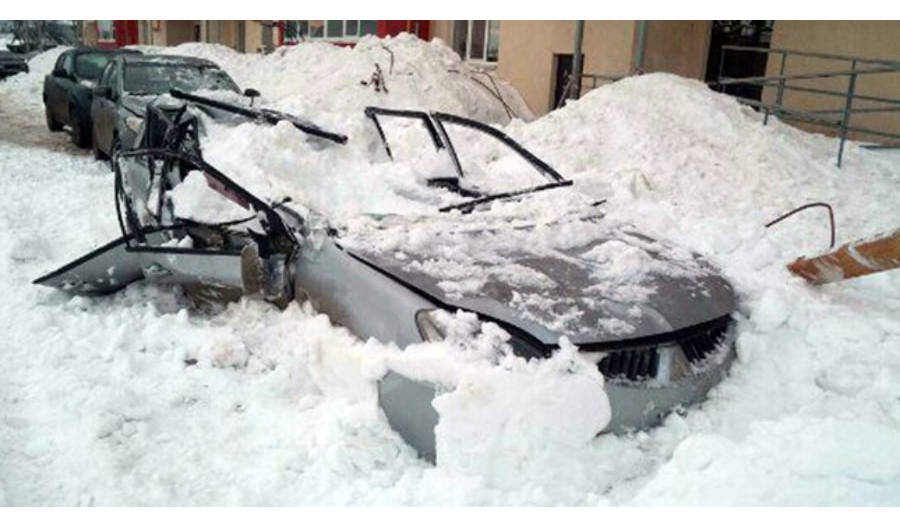 Liability
Liability
Avalanching snow and ice can be a big problem for homeowners and
business owners alike. It is not uncommon for shedding snow and ice
to cause damage to property like cars and trucks, injuries to
pedestrians, and even death in some worst-case scenarios. This can
open you up to major liability resulting in lengthy litigation and
steep penalties depending on your local laws.

Recommended Layouts
Recommended snow guard layouts emphasize the importance of proper placement and avoiding isolated installations:
- First Row : It's recommended to install the first row of snow guards approximately 12” up from the bottom roof edge. If your project features an unsupported overhang, then we recommend placing that row above the outer structural wall or outermost roof support to ensure adequate support for the snow load
- Equal Distribution : When required, use multiple rows to divide the roof areas into equal sections with equal distance between them.
- Upper Roof Areas: Any time you are protecting a single roof area, like a porch, entryway awning, or garage bay, it is vital to also install snow retention on any upper roof areas that will dump snow and ice onto that lower area. Failure to take this into account can result in damage to your lower roof areas and overloading.
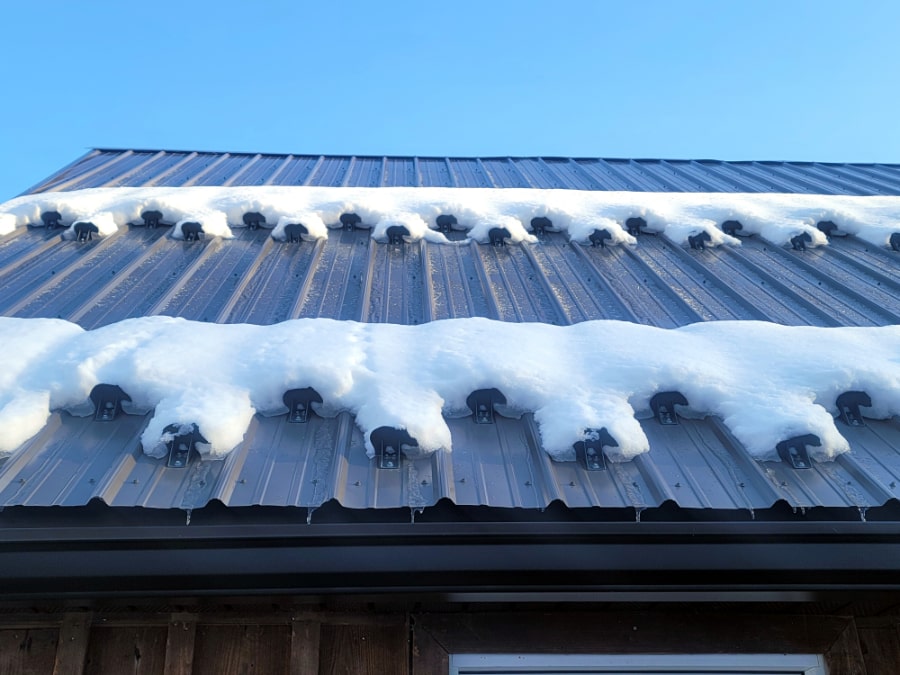
We often receive calls and emails from customers asking why their roofs require more snow retention than a neighbor's or friend's. It's actually a very simple answer. Many factors are considered with any proper snow retention system, like roof pitch, roof run, panel type, and snow load. It is not uncommon for 2 nearby houses or buildings to have drastically different needs. It is also important to keep in mind that many companies sell snow guards without industry knowledge and often provide no guidance, support, or warranties for their products in exchange for low prices. This is becoming even more true as long-standing patents from industry-leading companies begin to expire and injection molding companies increasingly knock off these designs. NOT ALL SNOW GUARDS ARE CREATED EQUAL! It is important to do your homework and make sure that you are buying snow retention from a reputable company with excellent customer service. Saving a few dollars won’t seem like such a bargain when things go wrong and you are left alone to pick up the pieces.
In conclusion, the installation of snow guards in isolated areas poses significant risks and will typically not provide adequate protection against dangerous avalanche conditions. It's essential to follow recommended layouts and ensure proper placement throughout the entire roof area to preserve the long-term integrity of the structure and snow retention system. By understanding the importance of proper placement and avoiding isolated installations, homeowners and roofing professionals can effectively reduce or eliminate many of the risks associated with snow and ice buildup on metal roofs. Remember, safety is paramount in the roofing industry, and proper snow guard placement is crucial for protecting property, people, and the roofing itself. For more information about proper spacing and layouts, you can visit our spacing guidelines page at www.SnoBlox-Snojax.com. There you will find recommendations for all of our products and their various installation methods.

